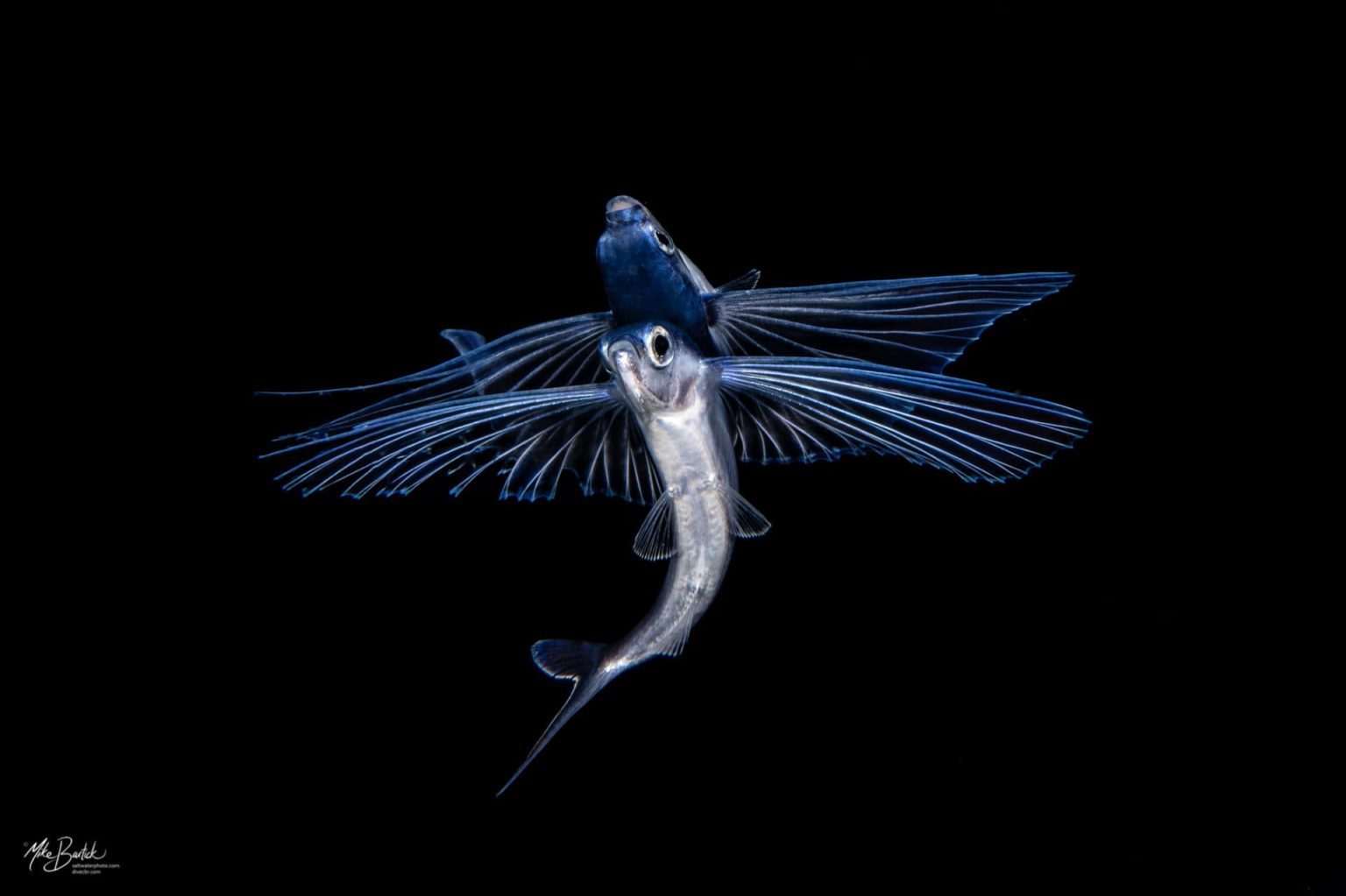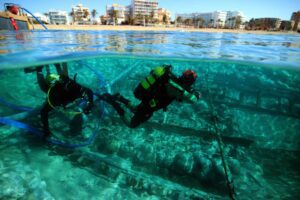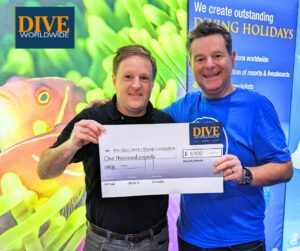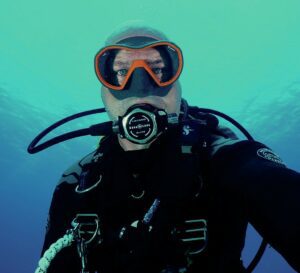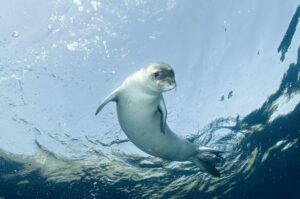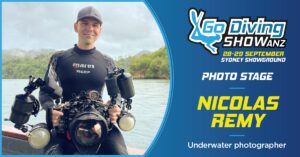Mike Bartick goes on a journey through the Blackwater world of Cozumel
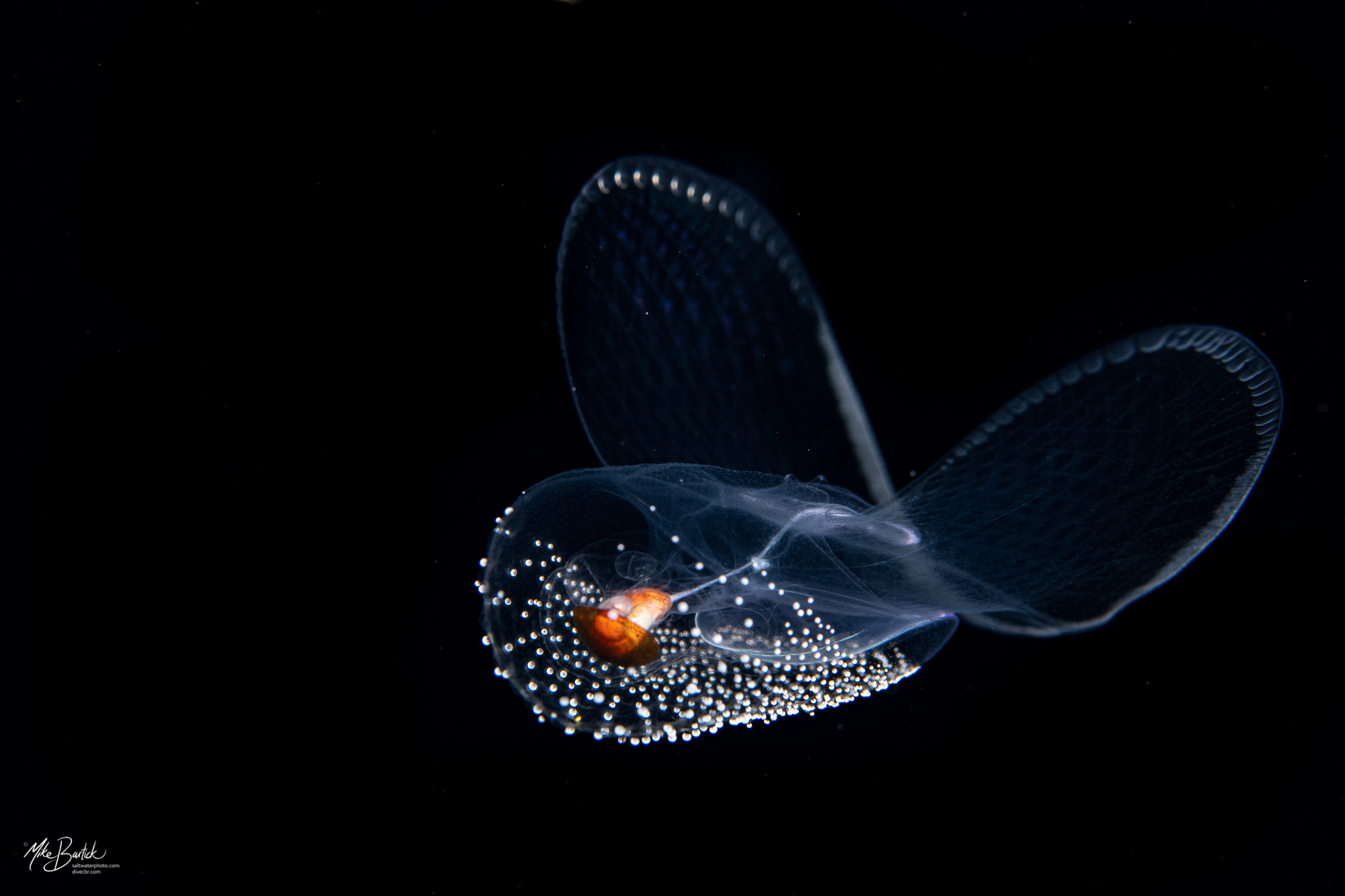
I love to blackwater dive in any location I visit as I feel that exploring the night sea offers a unique perspective. BW diving also provides local divers and DM’s the chance to see another layer of their home turf. Last year I had planned to visit Cozumel to assist in training a dive operation in the black arts of drift diving at night in the open ocean, the plan took a little longer than expected to come together, but as it turns out, some things are worth the wait.
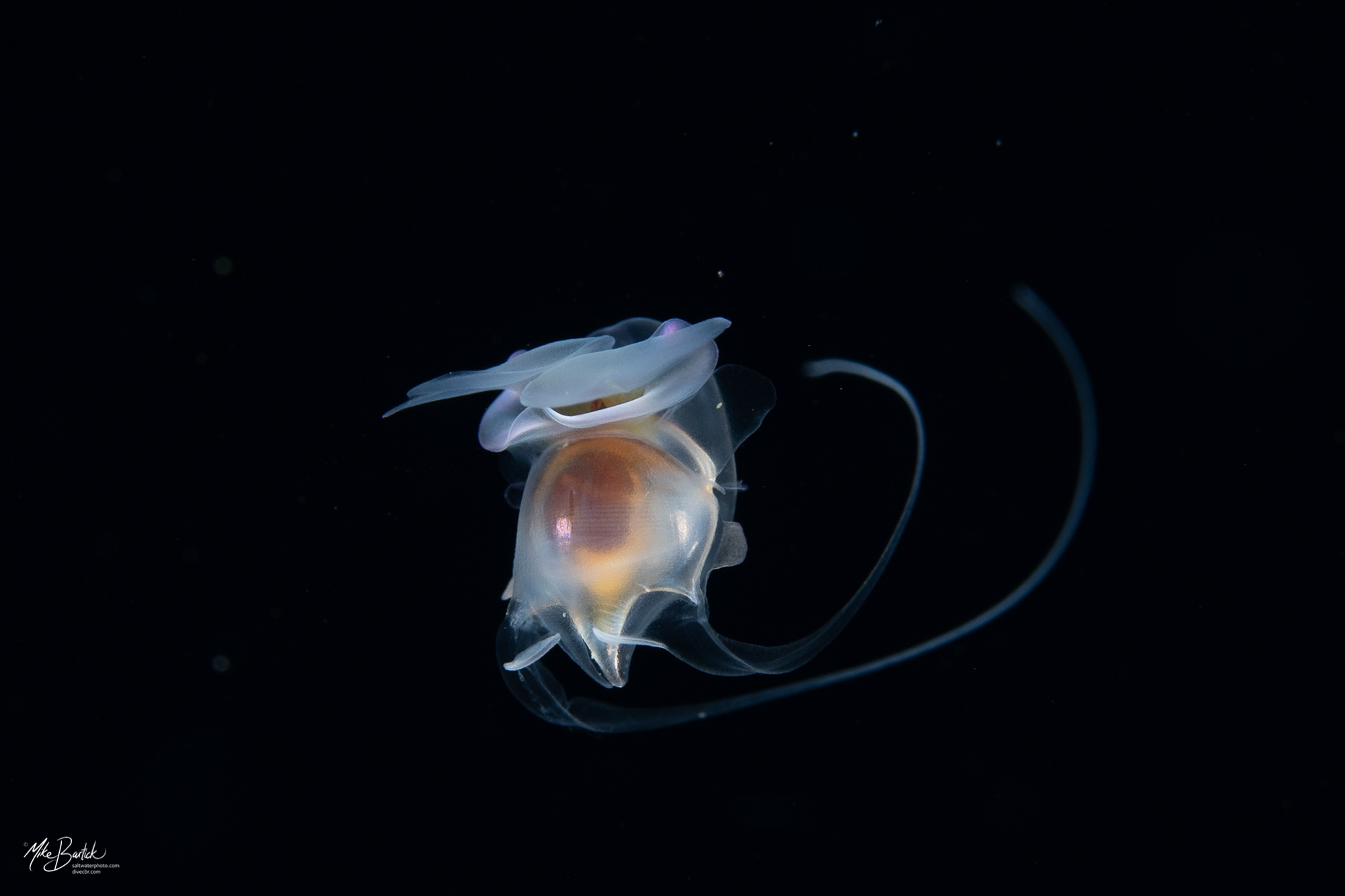
Planning the dives:
One of the highest hurdles in doing blackwater in a new location is getting the dive operations to get “on-board” with the idea. The common feeling of blackwater being a novelty style dive, is still relevant so there is a little (or alot) convincing that needs to be done which often times runs right to the wire. Fortunately, I was introduced to a dive operation where the owner was not only interested but fully supportive and was instrumental in providing us with the proper platform, boat crew, captain and guides.
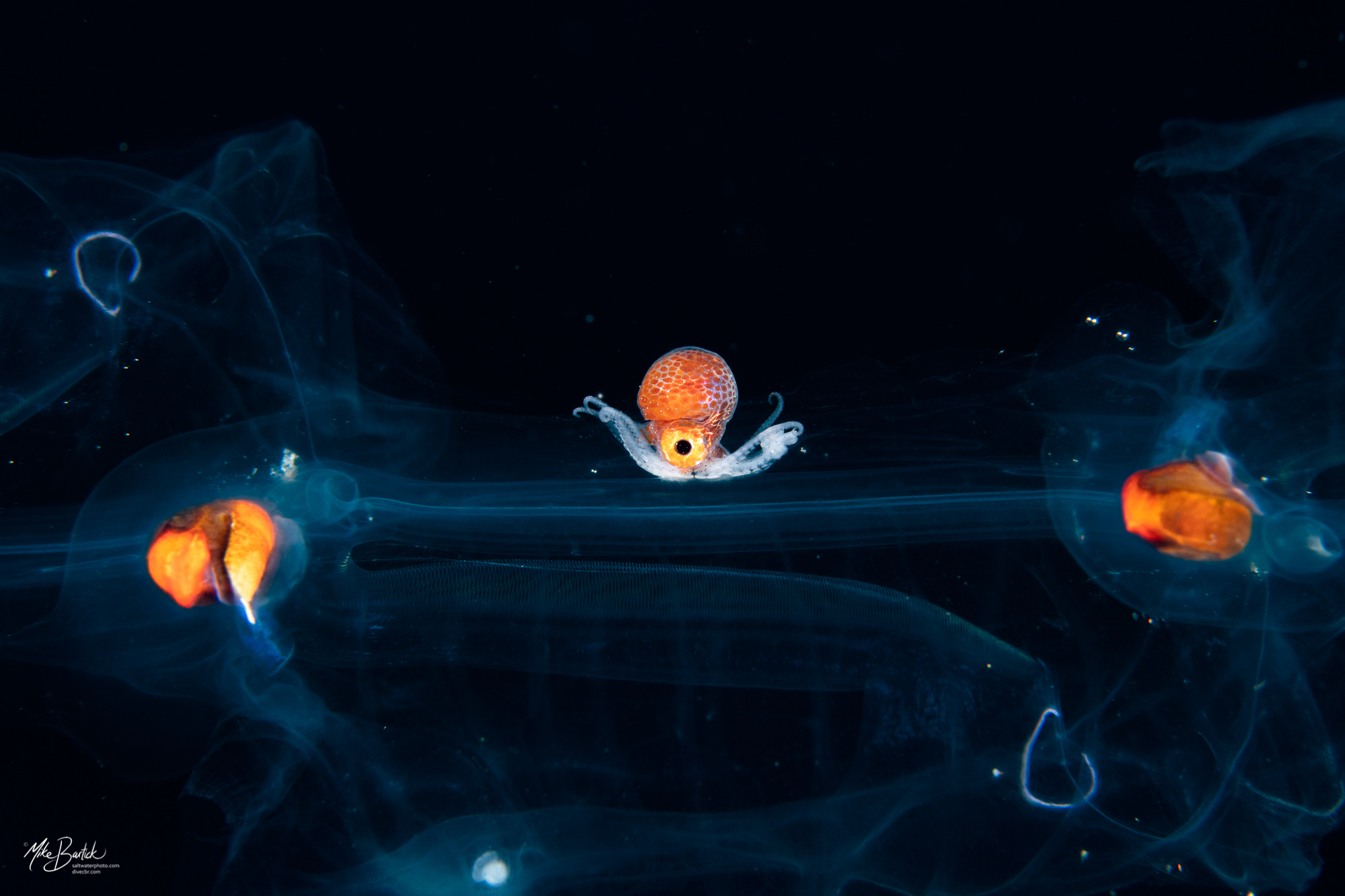
Due to the swift and legendary down currents in Cozumel, it was important for us to select the location that would keep us away from impending peril but close enough to benefit from the moving water. We discussed the possible target points by using google earth and my trusty navigation app and with the help of local divers, DM’s and most importantly, the boat captain, we identified our first jump location. We then dropped a pin on our nav map and set out just prior to sundown. Not knowing what to expect, It was important to check the water and to make any adjustments to our position per the Captains advice.
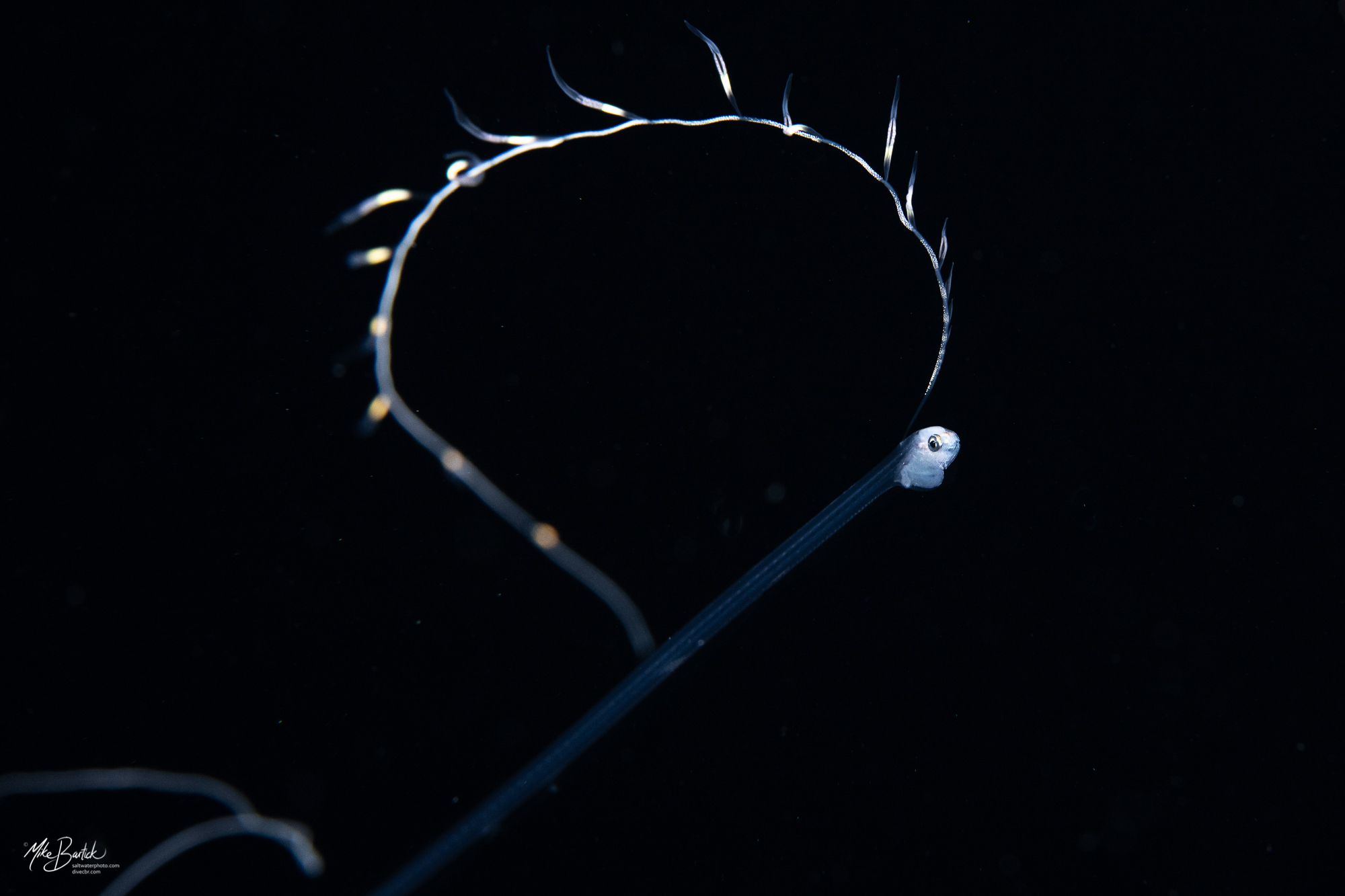
Configuring a downline isn’t always as easy as slapping a couple of lights on a rope either. First we must consider wind and the size of the buoy, then adjust the weights and rope length. The idea is to allow the light system to move through the water fast enough to explore, yet slow enough for us to keep up, stop and shoot photos, tethering is not an option. Once we arrived, the boat crew and dive team configured our downline, discussed safety protocols and after a quick briefing, our dive team was ready to splash.
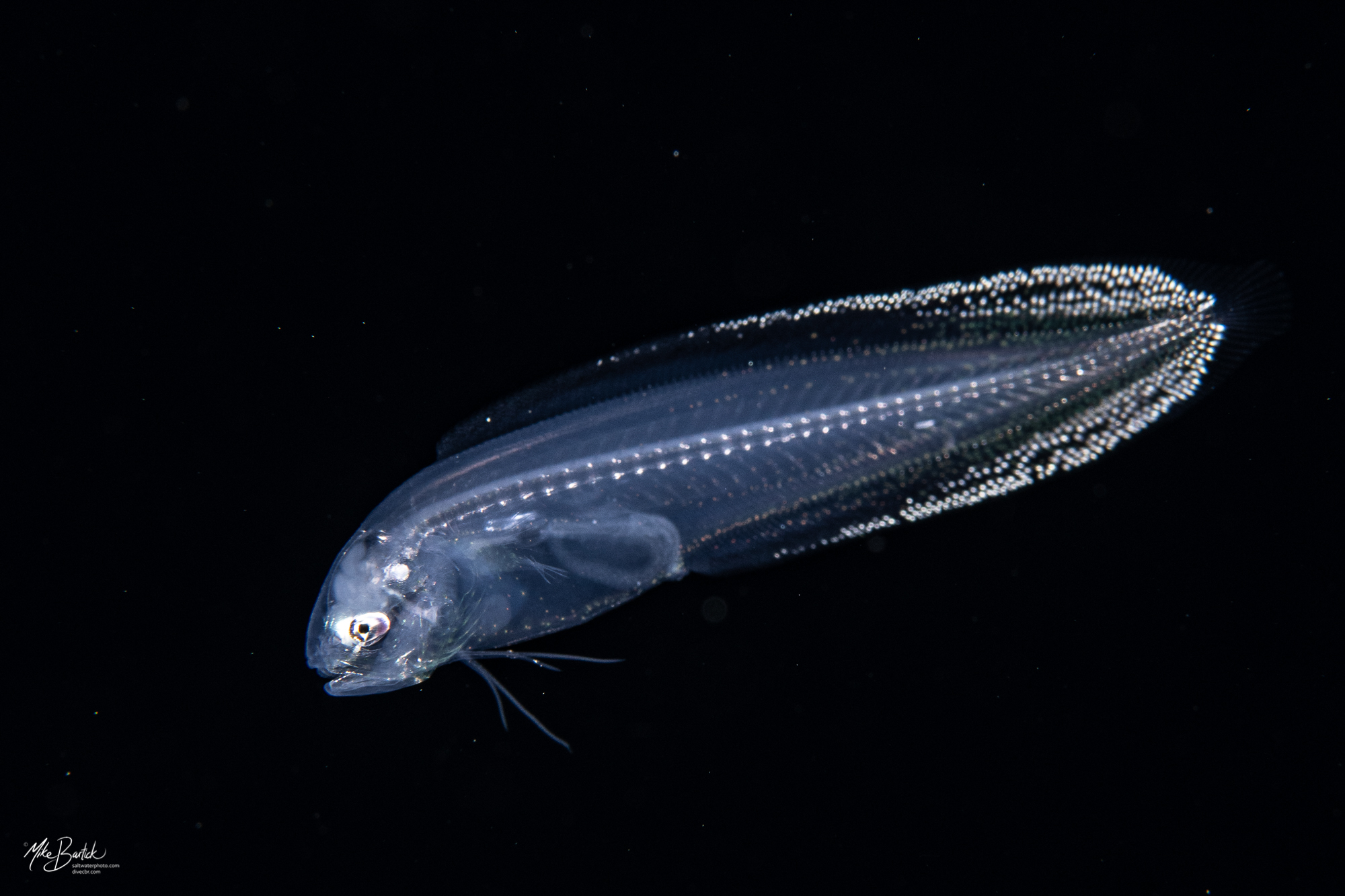
The first thing I noticed once we got into the water was the clarity that Cozumel is known for. Seeing the divers spaced apart and flashing the strobes reminded me of twinkling fireflies in a dark garden. The pace was right and the line was perfect and after a short period of time everyone settled in, relaxed, and had a great time!
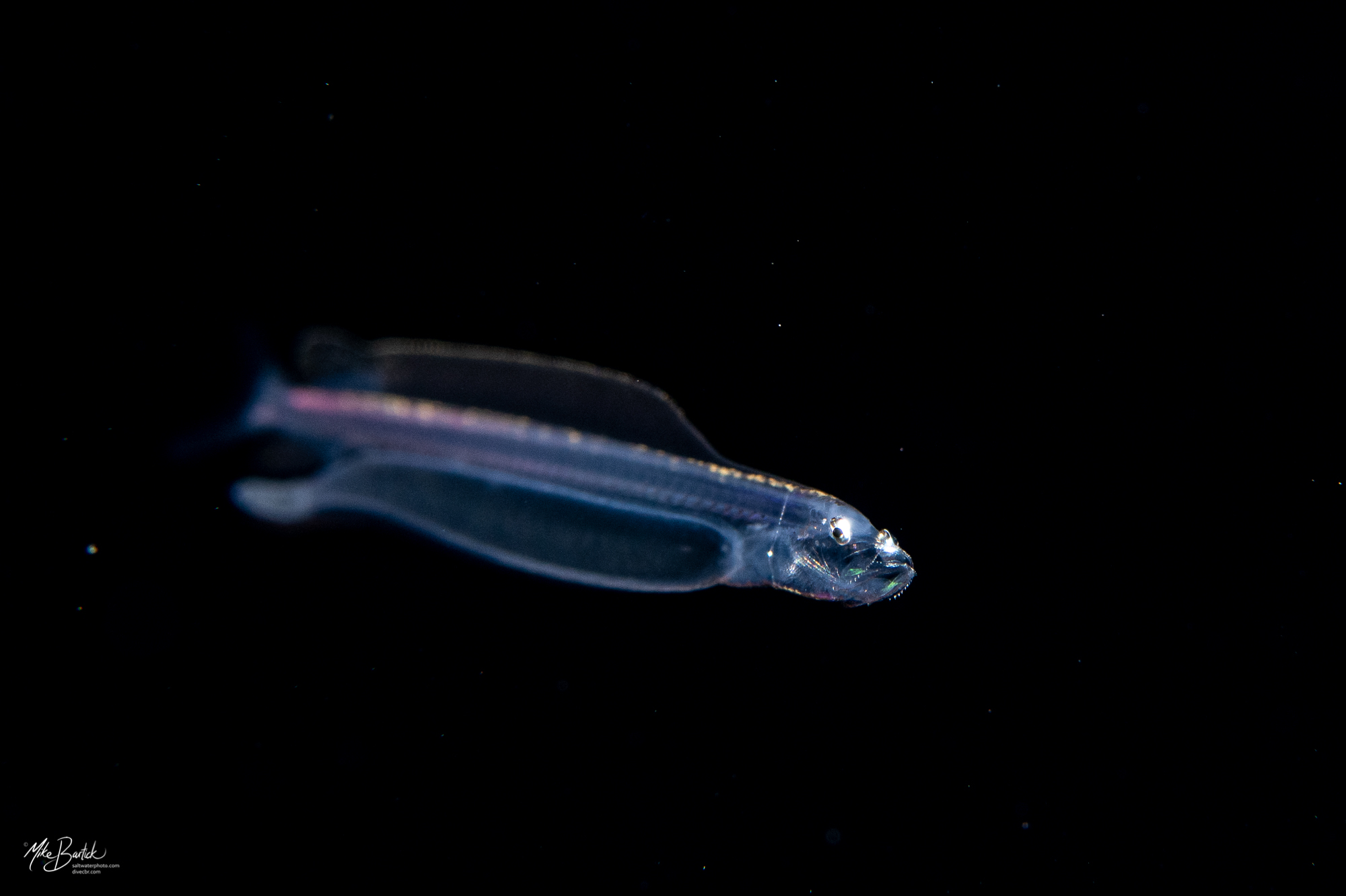
We experienced large salps chains with male Argonaut hians, jellyfish and some even deepwater fish which indicated to me that our site selection was also right on the money.Sticking to our plan, we all surfaced at 90 minutes to find our captain was positioned perfectly and surface crew managed to get us all back onto the boat without issue. Soon we were all excitedly chatting about the dive and learned from the captain that we had drifted nearly 6 miles on that first night.
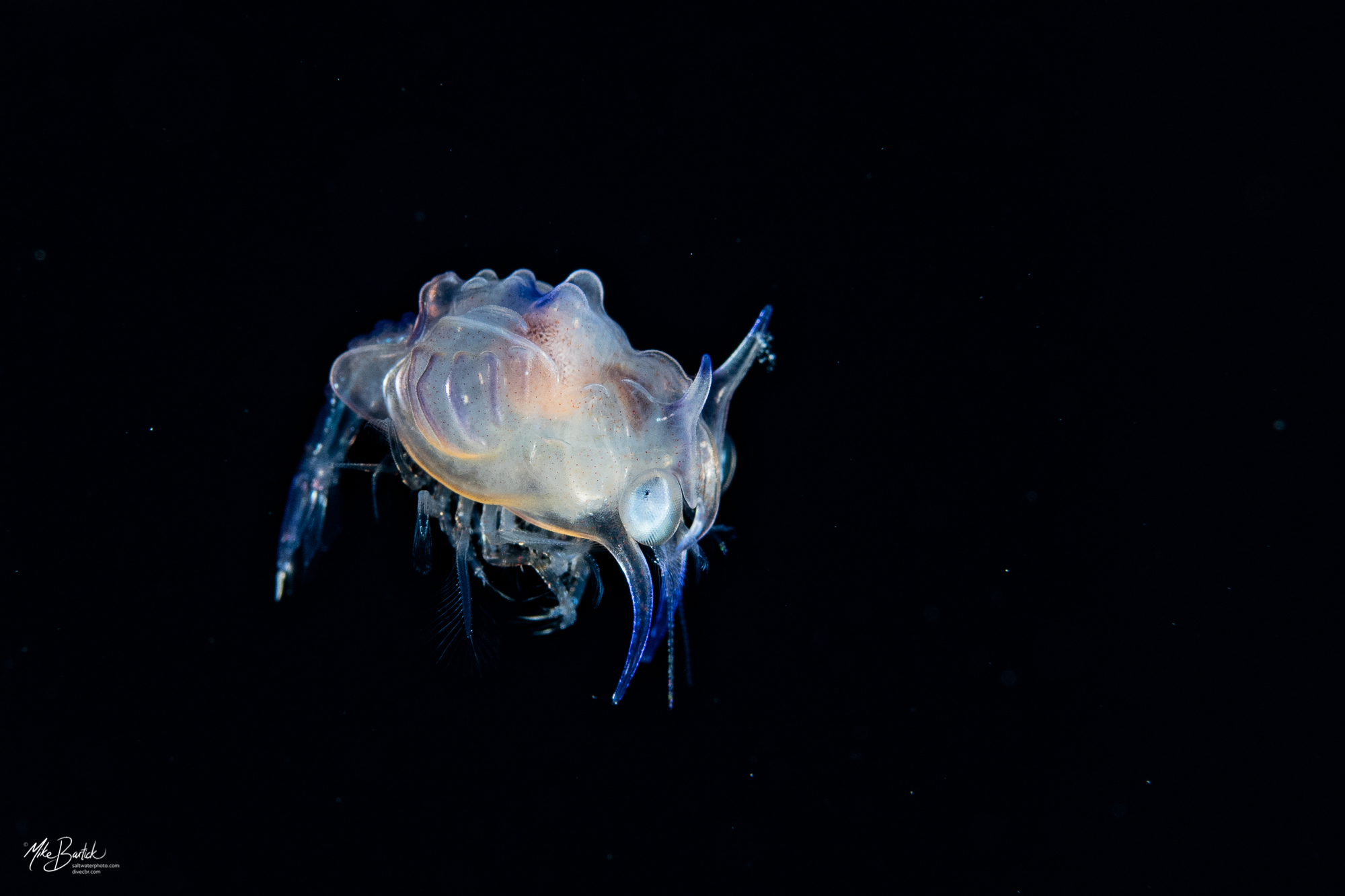
One of the things that I’ve noticed about the subject matter seen on BW dives, is that in many locations the subject matter can be very similar, I call this a baseline. Planktons like sea butterflies, pteropod, crab and shrimp zoa but then there’s the caveat of localized, endemic subjects and the possibility of deep water subjects too.
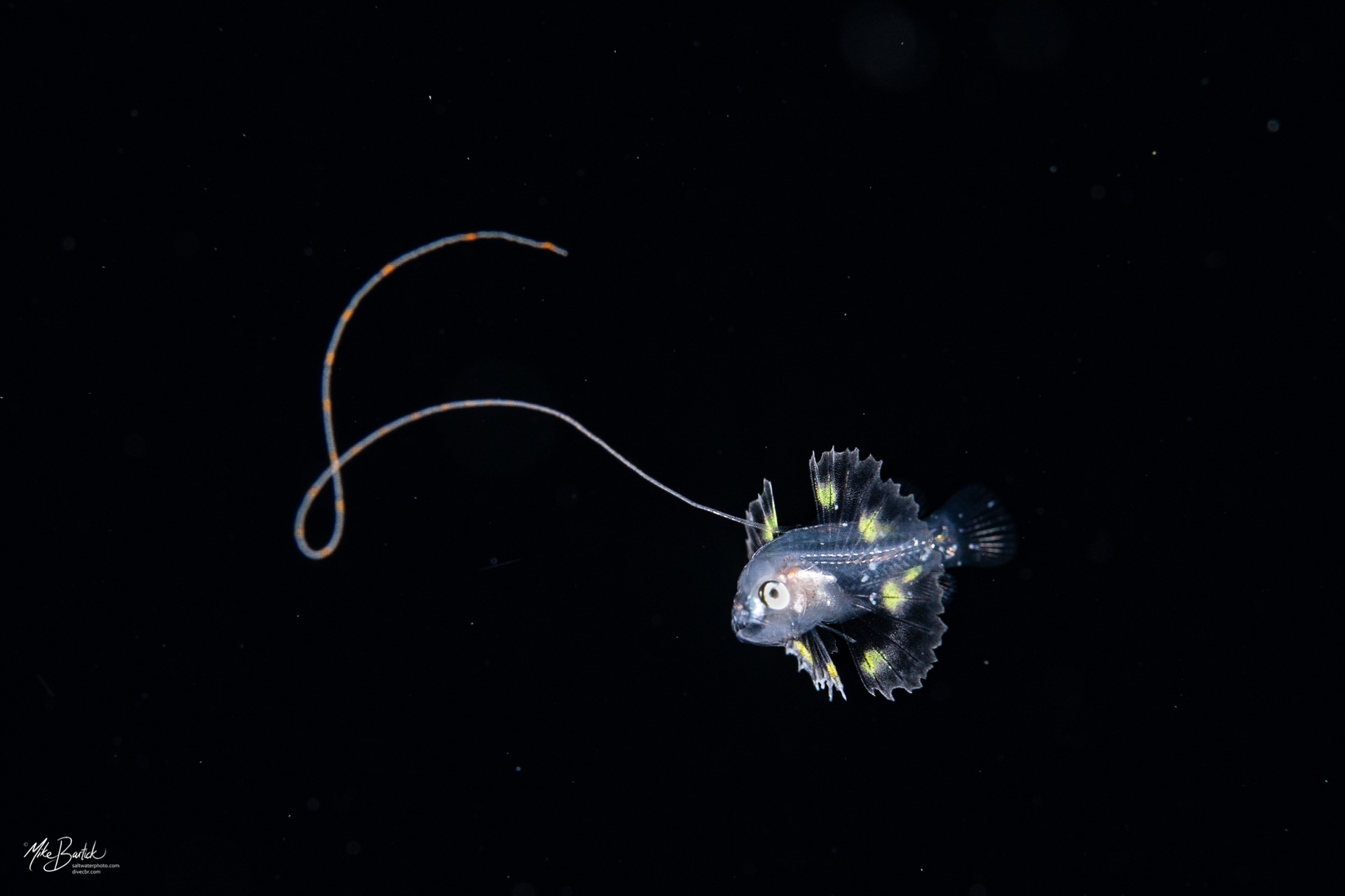
Common baseline subjects like sea butterflies pteropods and salp chains play an important role in our oceans ecology and an important role in discovering new locations for blackwater diving. Pearlfish are another somewhat common larval fish which will eventually settle much deeper. The pearl fish larva are difficult to photograph as they are long and slender, tend to move vertically through the water column and like many other larval fish, has an elaborate streamer attached to its head.
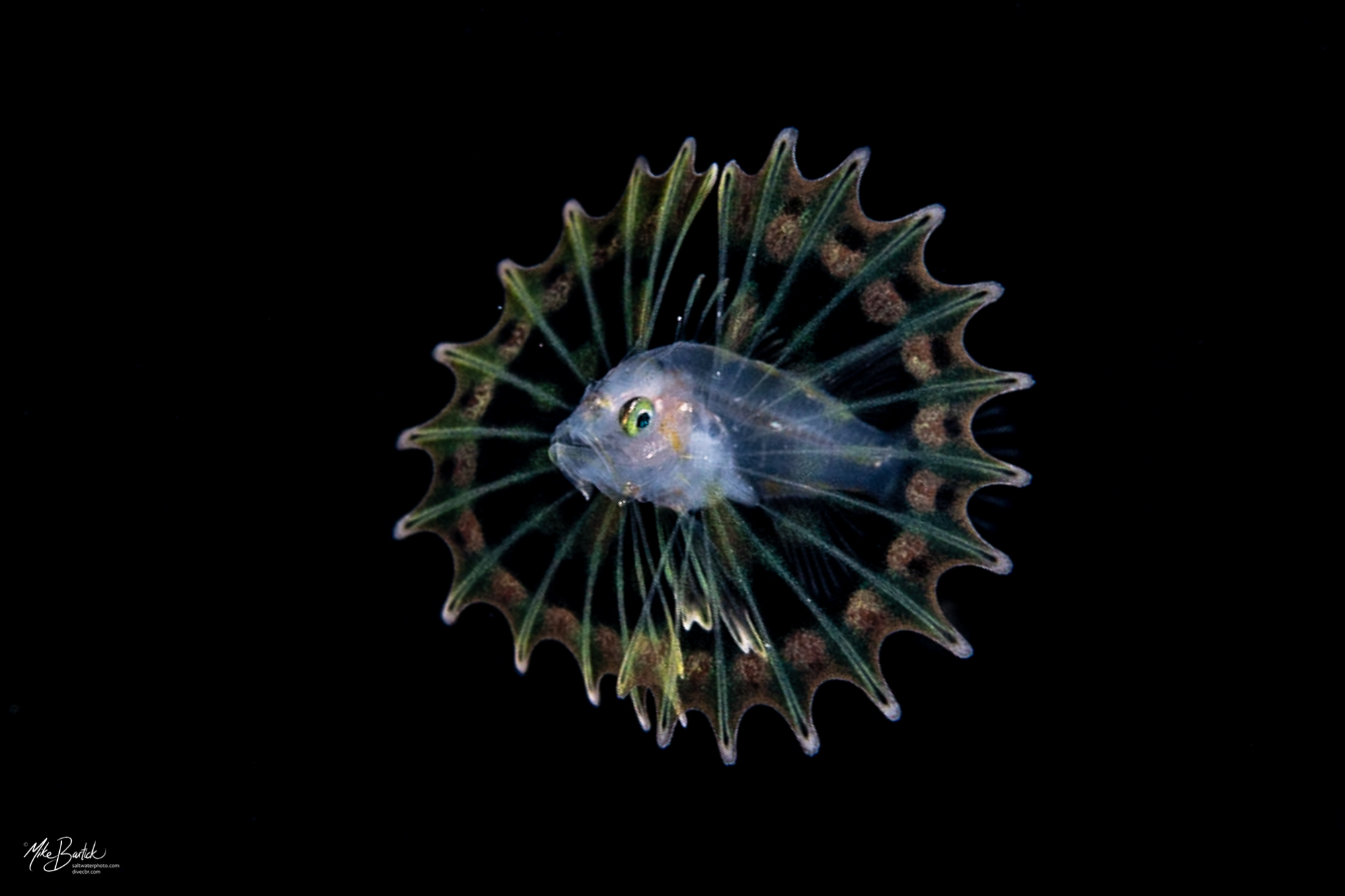
Pearlfish are another somewhat common larval fish which will eventually settle much deeper. The pearl fish larva are difficult to photograph as they are long and slender, tend to move vertically through the water column and like many other larval fish, has an elaborate streamer attached to its head. Deep water fish such as the Pudgy Cusk eel (Spectrunculus grandis) is known to settle in depths ranging from 2000-4800 meters. Cusk eels are a very diverse group of fish that can also be seen worldwide.
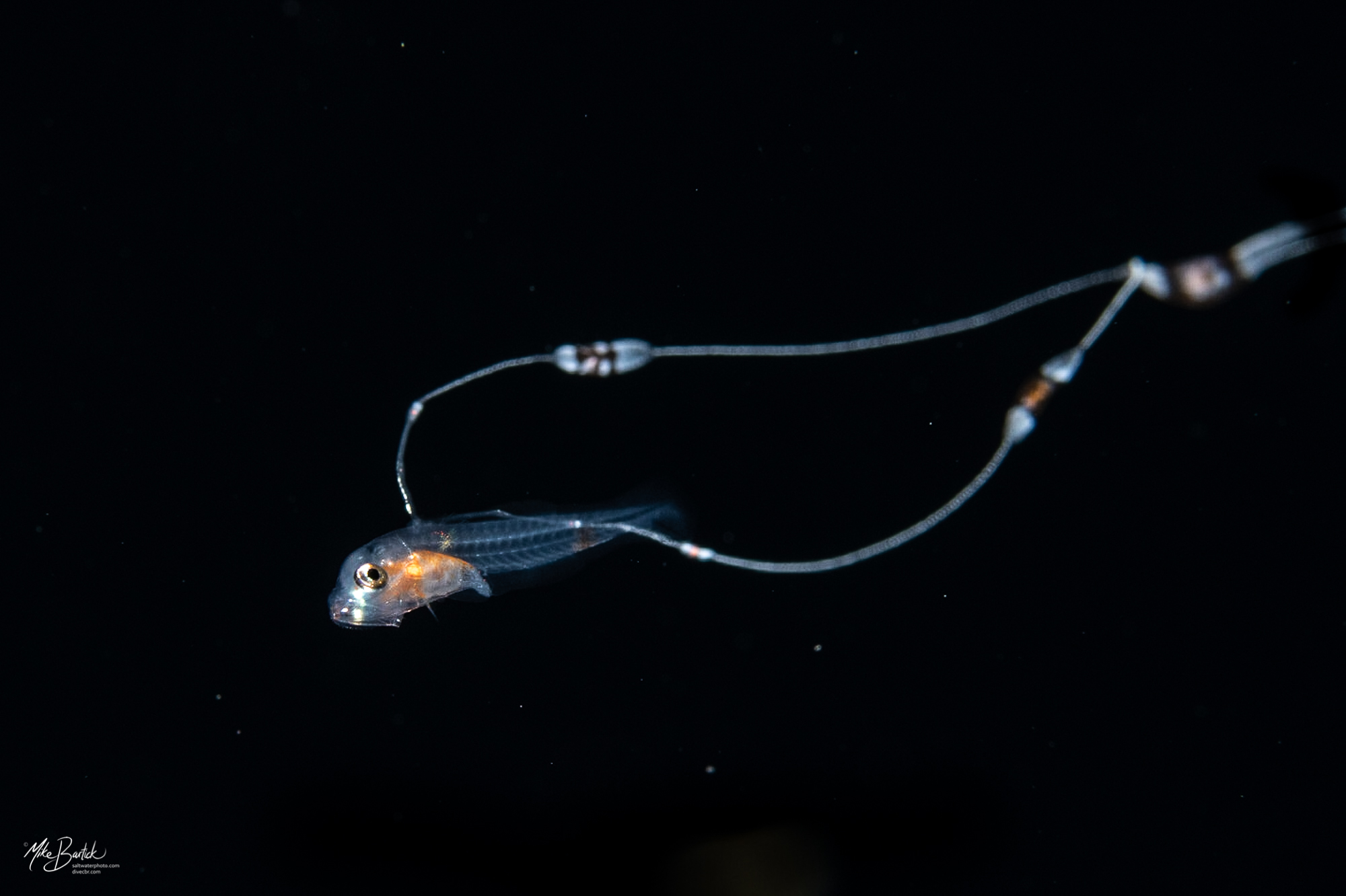
The Dragonfish, a member of the Stomiidae family are also a a deepwater fish that settles in the dark zone of the ocean. Inhabiting an area that never receives sunlight and evolve some very special features to survive there. The dragonfish is known as an apex predator even though it will only reach a maximum size of 26cm.
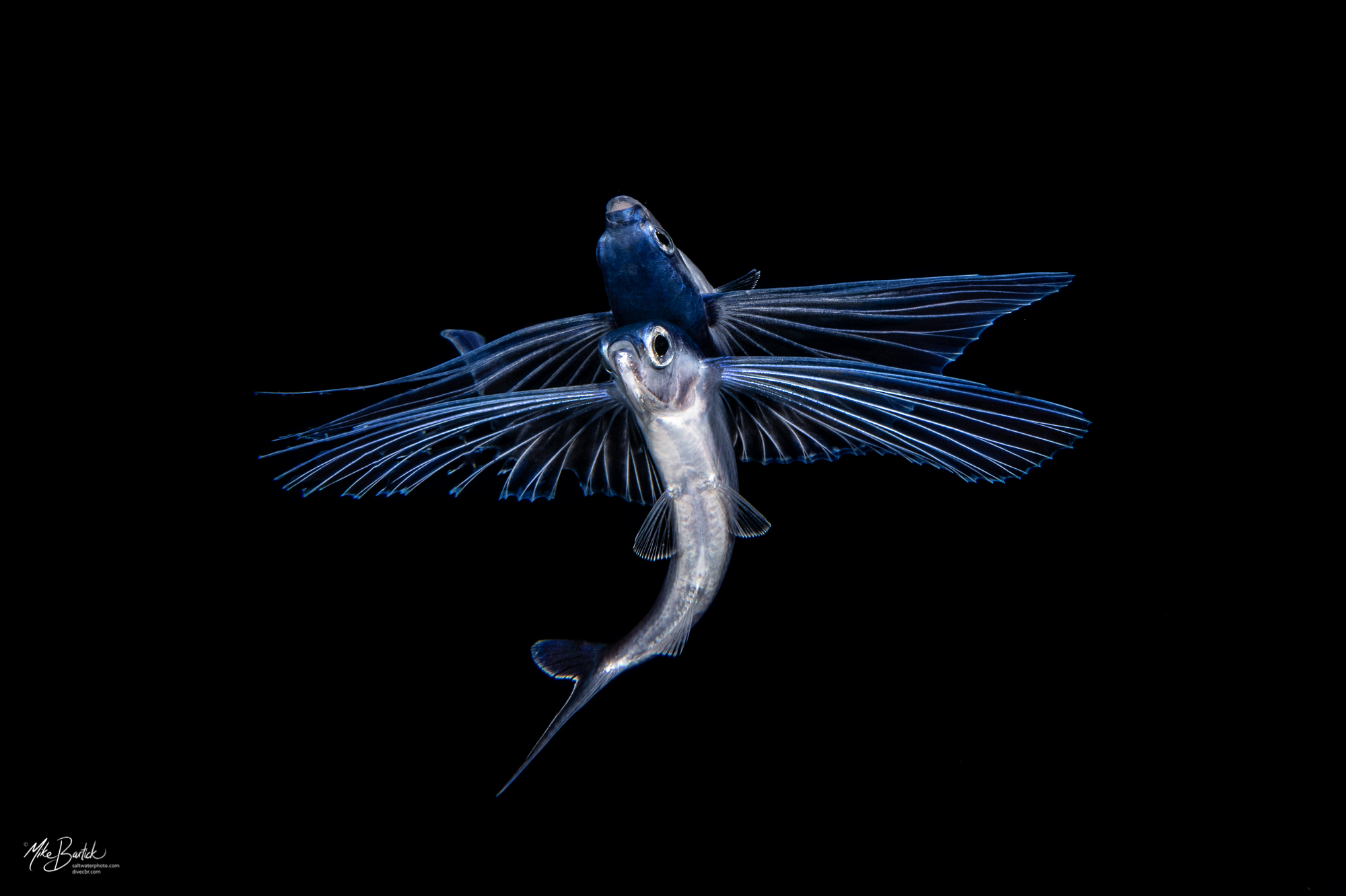
The exotic looking Cerataspis montstrosa is an uncommon subject too. One of the difficulties in properly assigning identity to a subject found on BW dives is that the larval subject often appears to be something completely different from its adult self. This zoa, was actually linked to a more commonly known shrimp in the last decade through raising the zoa into its adult stage.
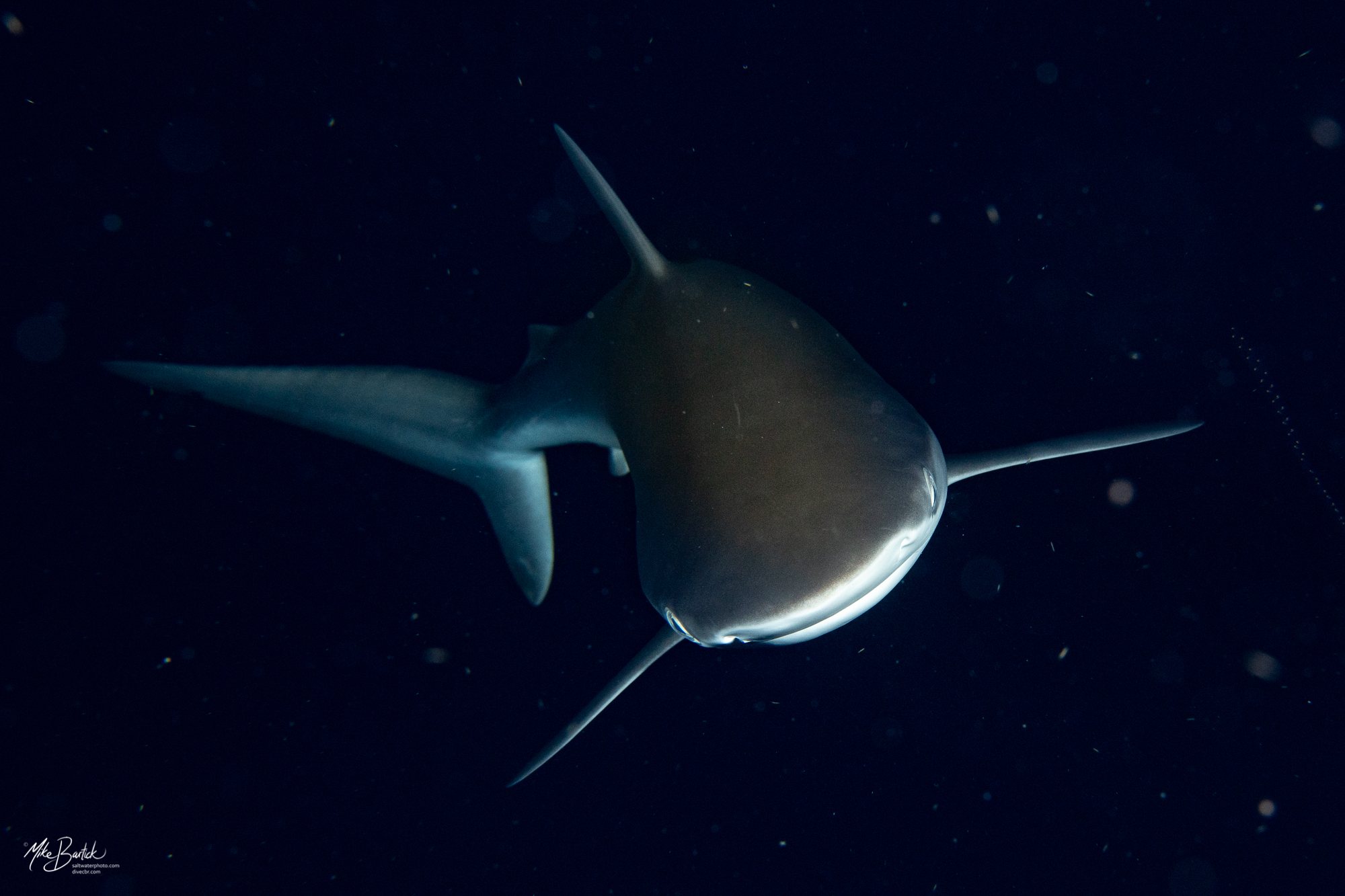
Other larval fish species such as the basslet, soapfish and lion fish can be seen in the upper portions of the water feeding at night and make for some really stunning images. Its also important to keep an eye on the surface interface as many subjects feed and hunt there. Flying fish- Generally found at the surface but can also be seen occasionally a bit deeper. Their reflection offers an incredible photo op when possible.
We had unexpected company on our first blackwater dive. Nearing the end of the dive, I saw a large fish near the downline and as I approached, I realized it was a shark. This poor guy was scared out of its mind seeing us and after a few minutes of investigating us, took off as fast as it could. Contrary to fear based ideals, sharks are hardly ever seen on blackwater dives and was most certainly as surprised to see us, as we are to see it.
In all we are able to do 5 nights of blackwater dives and came away with a great collection of images. My impressions is that Cozumel has really strong potential for this style of diving and so, I am planning a return trip in just over a months time for another go. Hopefully at the end of the second round the local dive operators will begin to see the value of offering blackwater dives to there normal curriculum of diving.
Special thanks to Aldora divers Cozumel, their boat captains and crew for their willingness to stay up late and explore. Without their help, this would never have been possible.
Thanks to Tracy Wenholt for coordinating and of course, a huge thanks to Kraken sports to supplying the gear to make this possible.
Photo Credit Mike Bartick, Saltwater Photo
For more about Blackwater Diving Try:
